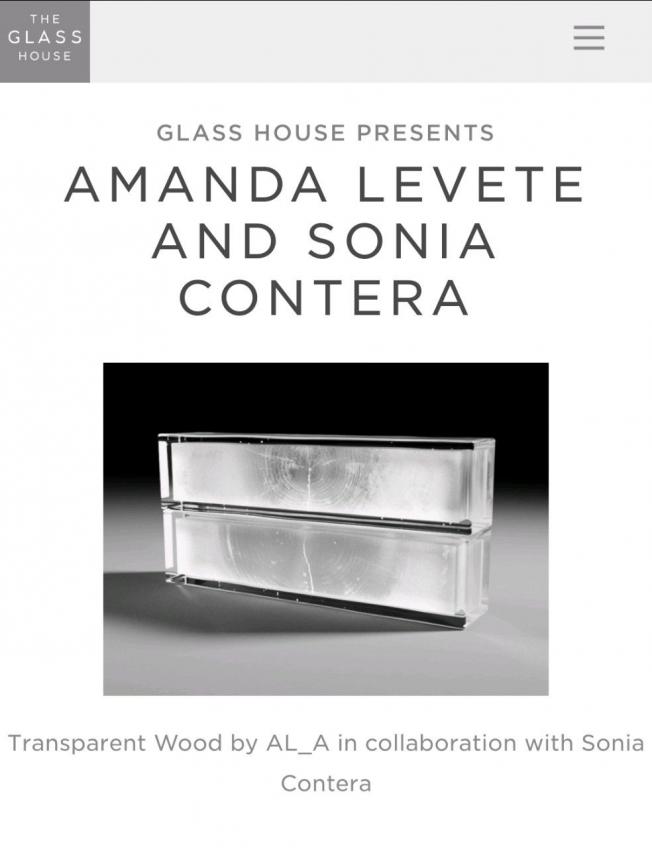AFM nanoindentation reveals decrease of elastic modulus of lipid bilayers near freezing point of water
Scientific Reports Nature Research 9 (2019) 19473
Polymeric microellipsoids with programmed magnetic anisotropy for controlled rotation using low (≈10 mT) magnetic fields
Applied Materials Today Elsevier 18 (2019) 100511
Abstract:
Polymeric magnetic spherical microparticles are employed as sensors/actuators in lab-on-a-chip applications, small-scale robotics and biomedical/biophysical assays. Achieving controlled stable motion of the microparticles in a fluid environment using low intensity magnetic fields is necessary to achieve much of their technological potential; this requires that the microparticle is magnetically anisotropic, which is difficult to achieve in spheres. Here we have developed a simple method to synthesise anisotropic ellipsoidal microparticles (average eccentricity 0.60 ± 0.14) by applying a magnetic field during synthesis, using a nanocomposite of polycaprolactone (PCL) with Fe3O4 nanowires. The “microellipsoids” are thoroughly characterised using optical microscopy, scanning electron microscopy (SEM), transmission electron microscopy (TEM) and energy dispersive X-ray spectroscopy (EDX). Their suitability for magnetically controlled motion is demonstrated by analysing their rotation in low magnetic fields (0.1, 1, 5, 10 and 20 mT) at varying rotational frequencies (1 Hz and 5 Hz). The microellipsoids are able to follow smoothly and continuously the magnetic field, while commercial spherical particles fail to continuously follow the magnetic field, and oscillate backwards and forwards resulting in much lower average angular speeds. Furthermore, only 23 % of commercial particles analysed rotated at 1 Hz and 26 % at 5 Hz, whereas 77 % of our ellipsoidal particles rotated at 1 Hz, and 74 % did at 5 Hz.Biophysical characterization of DNA origami nanostructures reveals inaccessibility to intercalation binding sites
Cold Spring Harbor Laboratory (2019) 845420
Biophysical characterization of DNA origami nanostructures reveals inaccessibility to intercalation binding sites
(2019)



